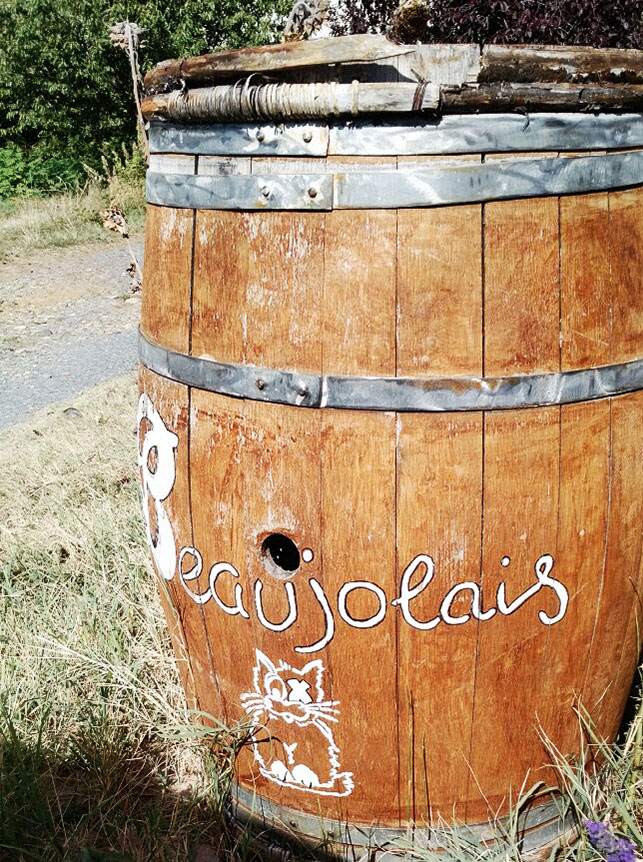Six years ago, my first trip to Beaujolais was a cold, damp and wet experience. The dreary weather also echoed the state of vinous affairs of that period. Why? Well, after many years of negative reviews, mostly due to over-cropped, lacklustre Nouveau wines and subsequent poor sales, a vine-pullout scheme had been initiated in the early 2000s. This decreased vineyards from 21,000 hectares to 17,000. Granted, the 4,000 ha that was grubbed up comprised the inferior flatlands where much Nouveau had been made. But, as we have seen, it takes one bad apple to ruin it for others. Premium Beaujolais, Crus, et al., also experienced consumer backlash, as they were lumped together perception-wise.
Since then, things have taken a 180-degree turn, and the sunshine has broken through. Here are nine reasons why you should take a serious look at what is happening within this charming part of French paysage.

